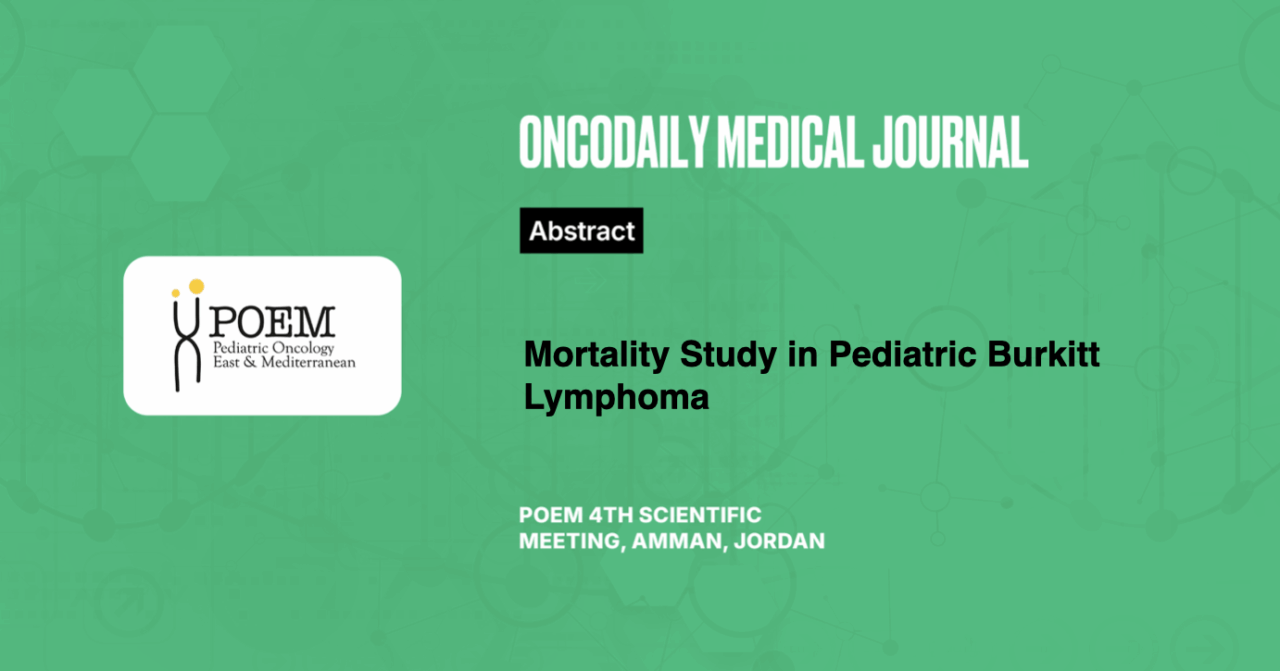Mortality Study in Pediatric Burkitt Lymphoma
Abstract
Introduction: Burkitt lymphoma (BL) is a high-grade non-Hodgkin lymphoma characterized by the monoclonal proliferation of mature B lymphoid cells. It is prevalent in Africa and is one of the 6 priority diseases of the WHO –GICC. This study aims to examine the causes of mortality in Burkitt lymphomas.
Methodology: This work involves a retrospective descriptive study conducted over six years, from January 2017 to December 2022, focusing on death among children with Burkitt lymphoma treated in the Pediatric Hematology and Oncology Department in Rabat.
Results: Out of the 86 patients recorded during the study period, 18 died (21%). Fourteen cases were analyzed, and four were excluded due to insufficient medical records. The sex ratio was 3.6, with a median age of 6 years (3-14 years) at diagnosis. Isolated abdominal involvement was reported in 49% of cases, ENT involvement in 14%, bone marrow involvement in 36%, and central nervous system involvement in 14%. The LDH level was more than twice the normal in 93% of cases. Seven patients were classified as stage III, while the other seven were classified as stage IV. Nine patients were in therapeutic group B (64%) and five in group C (36%). All patients were treated according to the GFA/LMB 2005 protocol. Two patients were subsequently treated with the cyclo-Burkitt protocol.
In our study, 10 deaths were due to treatment toxicity. Eight patients died during initial treatment (57%). Two patients died due to the toxic effects of salvage treatment. For non-toxic deaths, we recorded four cases: two patients died from tumor progression, and two others died during relapse.
Conclusion: All patients in our study were diagnosed at an advanced stage of the disease, highlighting the importance of early diagnosis. In developing countries like Morocco, mortality in pediatric Burkitt lymphoma is often attributed to treatment toxicity, particularly early toxic deaths, which are linked to patients presenting at an advanced stage and deficiencies in supportive care management.





